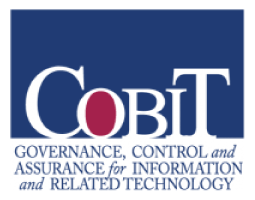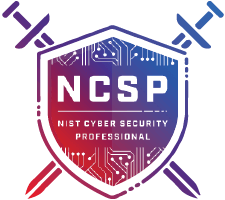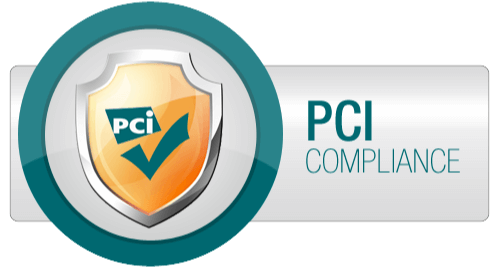The Summer Slide is a familiar conundrum for all educators. The term refers to the learning loss many students experience over the summer break. Research done in 1996 concluded that students on average experienced the equivalent of at least one month of learning loss as measured by standardized test scores over the summer. While all students are at risk of learning regression over long breaks, additional research suggests that students with special needs may be more at risk of both regression and slower recoupment of skills when they return in the fall than their general education peers.
Isn’t That What Extended School Year Is For?
While many special education students will have opportunities to attend Extended School Year (ESY) programs over the summer, ESY can present its own unique challenges. For one, students are taken out of their regular routines, which for students with significant disabilities can severely impede their ability to learn. With only 4 to 6 weeks of classes, there is little time for establishing the procedures and routines that these students need to thrive.
Additionally, students in ESY programs are often supported by interim teachers and paraprofessionals, many of whom have little-to-no experience working with the students in the program. Finally, ESY staff do not always have access to quality curriculum that is aligned with state standards and addresses the unique IEP goals of each student. As research reveals, “quality is the key to making time matter,” (Aronson, Zimmerman, and Carlos, 1999) and with all of these factors combined, ESY can end up having little impact on learning regression.
What Can I Do? I Don’t See My Students Over the Summer.
Whether or not your students will be attending ESY, there are things you can do now as a teacher to support skill maintenance over the summer for your students and make the inevitable change in routine more manageable.
3 Tips for How Teachers Can Support Students in Avoiding the Summer Slide
1. Provide Easy-To-Access Learning Opportunities Using Technology
Rethink’s Activity Center provides students opportunities to practice skills they learned during the school year that are tied with IEP goals on mobile devices and laptop computers. A recent article on how technology can help prevent summer “brain drain” pointed to the fact that students without access to educational content over the summer are more likely to experience learning loss. With mobile technology, providing students access to educational content on the devices they are already accessing is easy.
Spend some time now finding content that reinforce the skills your students are learning in the school year and provide students and their families training and practice on how to use and access this content such as:
- online games
- applications
- activities
Your students will be able to stay engaged in learning in a way that doesn’t just feel like homework.
2. Prepare Students for Upcoming Changes in Routine
For many students with special needs, unexpected changes in routine can be challenging.
Preparing students for upcoming changes and helping them know what to expect can make the transition from the regular school day routine more successful, and set them up for success when it comes to learning. This includes:
- home
- ESY
- day camp
- wherever they may be over the summer
Here are a few ideas for how you can start preparing students now:
Start a Count Down!
Encourage your students to be excited about summer while also communicating to them that summer means a change in routine. You can review a count down calendar with your students in the classroom every morning and use this as an opportunity to talk about some of the changes they can expect.
Review Summer Routines
If your student is attending ESY, use a picture schedule to help teach them about the new routine in advance.
If ESY is in the building, you can even show them to their new classroom so that when the time comes, it is already a familiar place.
If your student will be at home or somewhere else over the summer, find out from their parents and families what their schedule will be, and do the same by creating an individualized schedule that will help them anticipate the change in routine.
As a student’s teacher, you can work with parents and families before school is out to support them in preparing their children for whatever the summer may hold.
3. Involve Parents and Families
Often the one constant for students between the regular school year and the summer, parents and families are crucial to establishing new routines for students over the summer and providing them with opportunities for learning. As a student’s teacher, you can work with parents and families before school is out to support them in preparing their children for whatever the summer may hold. A few ideas for how you can collaborate with families are:
Encourage Families to Reinforce Classroom Routines at Home
Consistency between home and school is key to reinforcing learning. If you are doing a summer count down in class, for instance, encourage parents to do the same at home every morning before school. If you are using a picture schedule to teach a student about their new routine, provide the parent with a copy so they can review at home as well.
Help Families Build Learning Opportunities Into Summer Routines
Collaborate with your student’s family to create a predictable summer schedule for the student, and build in specified times for learning into the schedule. For instance, if you are providing online activities for the student to work on over the summer, coordinate with the student’s parent to find a time in their daily schedule where the student will have access to a tablet or device so they can complete the activities.
Remember that advanced planning is key to supporting your student in the summer transition, and there are lots of simple things you can do now to make this transition easier on your students and help them maintain all the wonderful things they have learned throughout the school year.
On that note, happy summer! Enjoy yourselves. You deserve it!










